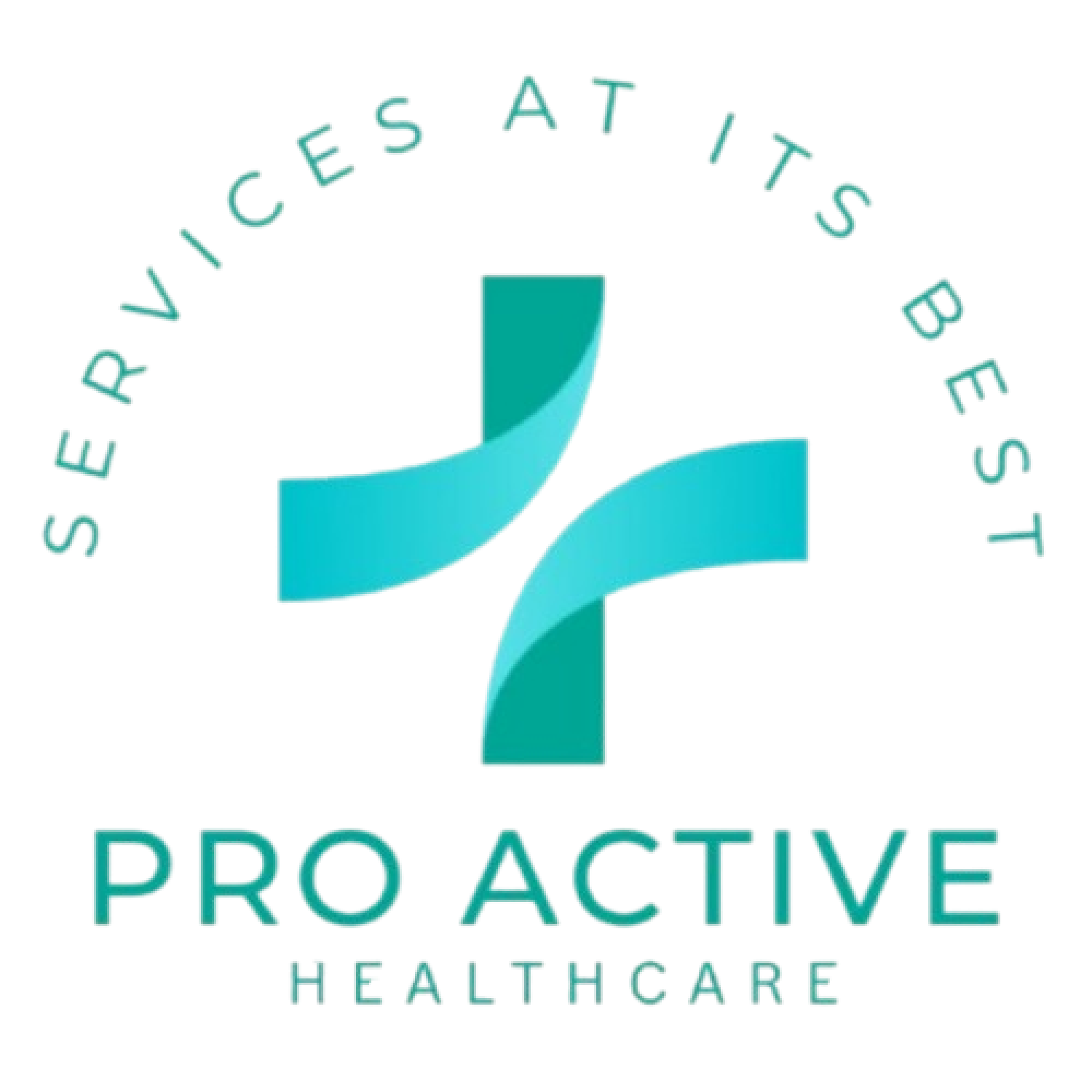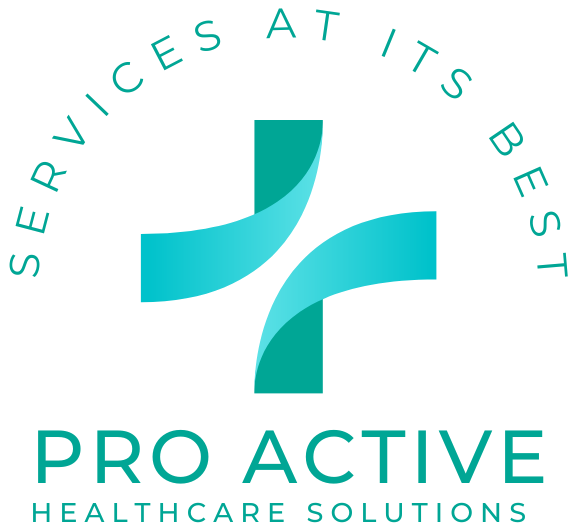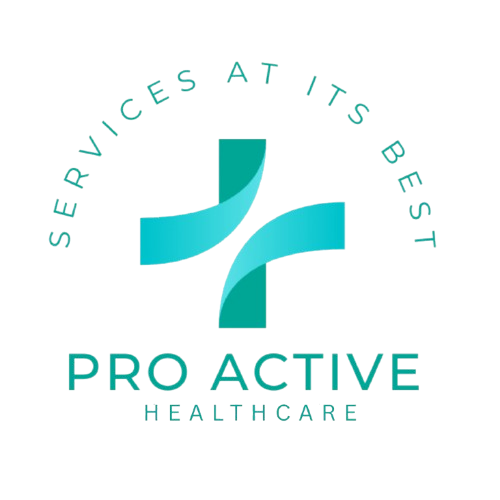
Improving Patient Care Through MIPS: Best Practices for Providers – PHCSS
The Merit-Based Incentive Payment System (MIPS) is an important foundation for enhancing patient care and rewarding providers in the quickly changing healthcare industry. The integration of MIPS reporting and healthcare is essential for improving the effectiveness and caliber of healthcare services that is why we have implemented MIPS reporting at PHCSS. We will explore the importance of MIPS in this blog and give clinicians recommended practices to maximize patient care.
Understanding MIPS Healthcare
The Centers for Medicare & Medicaid Services (CMS) launched the MIPS healthcare quality payment program with the goal of compensating healthcare providers for providing high-quality, reasonably priced care. The Physician Quality Reporting System (PQRS), Value-Based Payment Modifier (VM), and Medicare Electronic Health Record (EHR) Incentive Program for Eligible Professionals (EPs) are three current initiatives that are combined into one.
Importance of MIPS Reporting
MIPS reporting is important in the healthcare industry for a number of reasons.
- Quality improvement: Healthcare providers can monitor and assess their performance in relation to multiple quality metrics through the use of MIPS reporting. Providers can find areas of strength and chances for patient care delivery improvement by evaluating this data. Within healthcare companies, a culture of ongoing learning and improvement is fostered by this focus on quality improvement.
- Transparency and accountability: By giving stakeholders, such as patients, payers, and regulators, insights into provider performance, MIPS reporting encourages transparency and accountability in the healthcare industry. Fostering confidence among stakeholders and pushing clinicians to strive for quality in patient care are two benefits of openness.
- Encouraging high-quality care: MIPS reporting is linked to financial incentives; providers who perform well could be rewarded with bonuses, while those who score poorly could be penalized. In order to improve patient outcomes, this incentive system pushes physicians to embrace evidence-based procedures and prioritize quality of care.
- Comparisons and benchmarking: Providers can compare their performance to peer group and national averages through MIPS reporting. Providers can assess their efficacy and pinpoint areas for development by contrasting their results with industry norms. Comparing one’s performance to that of peers can also encourage healthy competition and motivate additional efforts to improve quality.
- Data-driven decision making: Healthcare companies can make strategic decisions based on the insightful data that MIPS reporting offers. Providers can make educated judgments to enhance resource allocation, workflow procedures, and patient care strategies by examining performance data to find trends, patterns, and inefficient areas.
- Regulatory compliance: In order to participate in the Medicare reimbursement scheme, eligible clinicians must submit MIPS reports. For providers to stay eligible for incentive payments and avoid financial penalties, compliance with MIPS reporting requirements is important. Following the MIPS reporting guidelines guarantees that providers fulfill their quality reporting requirements and stay in good standing with regulatory bodies.
Best practices regarding MIPS reporting for providers
Healthcare providers must use best practices in MIPS reporting in order to maximize their performance and success in the program. The following are important best practices:
- Understand MIPS requirements: Become acquainted with the eligibility requirements, performance categories, reporting choices, and scoring methodology of the MIPS program. To guarantee compliance and optimize your chances of receiving incentives, stay up to date on any revisions or modifications to the MIPS requirements.
- Choose appropriate measurements: Based on the patient population, specialization of your practice, and quality improvement objectives, select interoperability measurements, improvement activities, and quality measures that are appropriate. Give top priority to metrics that are important to your practice and have a big influence on patient outcomes.
- Collect accurate and reliable data: To gather accurate and trustworthy performance data, make sure your practice has strong data gathering procedures in place. Workflows for data gathering and reporting can be streamlined by utilizing certified electronic health record (EHR) systems and other health IT solutions.
- Monitor performance regularly: Throughout the performance year, track your practice’s progress on the MIPS measures. Monitor developments, pinpoint areas in need of development, and put interventions into action to close performance gaps instantly.
- Engage in continuous quality improvement: Adopt a culture of continuous quality improvement in your practice by actively examining performance data, asking patients and staff for input, and putting evidence-based treatments into practice to raise the standard of care provided.
- Coordinate care across settings: To advance care coordination and enhance patient outcomes, work in conjunction with other healthcare organizations and providers. To maximize the delivery of patient care, take part in initiatives including team-based care, care transitions, and care management.
- Maximize bonus points chances: Make the most of the bonus point chances offered by MIPS by reporting on extra outcome and high-priority measures, taking part in creative payment models, and carrying out bonus point-earning improvement projects.
- Participate in MIPS improvement activities: To receive points under the Improvement initiatives performance category, take part in a variety of improvement initiatives. Choose initiatives that close gaps in patient care, increase patient involvement, and boost practice productivity.
- Utilize available resources: To properly complete the MIPS reporting process, make use of the tools and assistance offered by CMS, trade associations, and health IT companies. Utilize webinars, training resources, and technical support programs to improve your comprehension of MIPS standards and to make the most out of your reporting approach.
- Seek professional advice when needed: To get professional advice and assistance in negotiating the difficulties of MIPS reporting, think about collaborating with consultants, quality improvement groups, or MIPS reporting specialists. In order to reduce administrative hassles and guarantee program performance, some reporting-related tasks, such data analysis or performance improvement projects, might be outsourced.
Conclusion
In conclusion, MIPS presents a great chance for clinicians to enhance patient care while optimizing payment incentives. Providers can maximize their performance under the MIPS program and ultimately improve the caliber and effectiveness of healthcare delivery by adopting best practices like utilizing technology, concentrating on quality measures, encouraging interoperability, participating in improvement activities, and keeping an eye on cost and resource utilization. At PHCSS we have adopted these best practices and embraced MIPS reporting because we understand that it is important for clinicians who want to provide high-quality, patient-centered care.








